All summer we were pleased with the amazing beauty of the flower beds, surrounded by greenery. But soon the inhabitants of the garden will be a period of rest, and now it’s our turn to act. How to prepare perennials for winter? After all, each of them requires a special attitude, each has its own character and characteristics.
Very important person
Not call them a sissy or a capricious child — they are like the steadfast tin soldier, hardy and unassuming. What are we? About perennials, which are so unpretentious that they are able to winter in the open ground. But here’s the thing — they are not all equally hardened, so prepare them for the cold should be different, each needs an individual approach. We will tell you about the most common and favorite specimens of gardeners.
Aquilegias
Aquilegia in the insulation is almost not needed. In October, cut the withered leaves and stems, leaving hemp 5-7 cm high, and carefully mulch the bare rhizomes at the base of the bushes and the ground around.
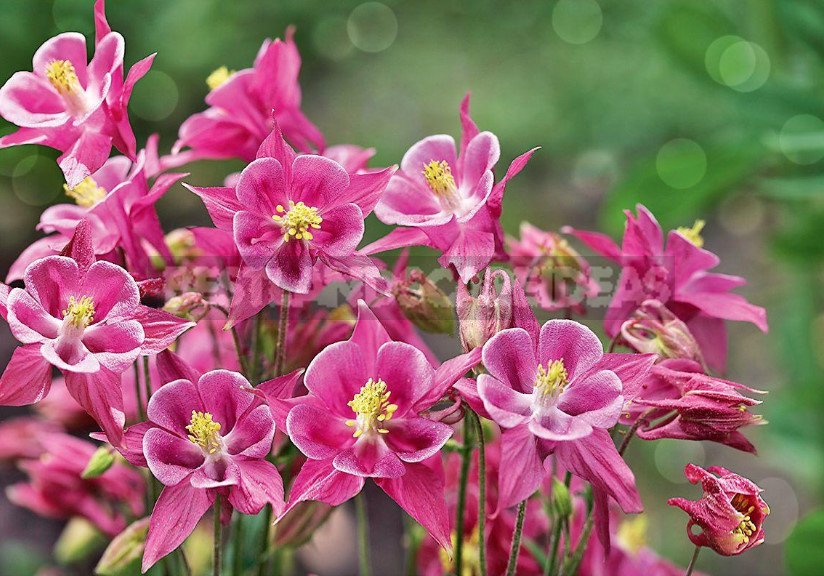
Asters are perennial
Perennial asters bloom in late autumn and begin to dry up, and then they will need to be cut at the root. Then pour the base of a Bush with a dry mulch, and weak plants cover with spruce branches and a thick layer of dried leaves.
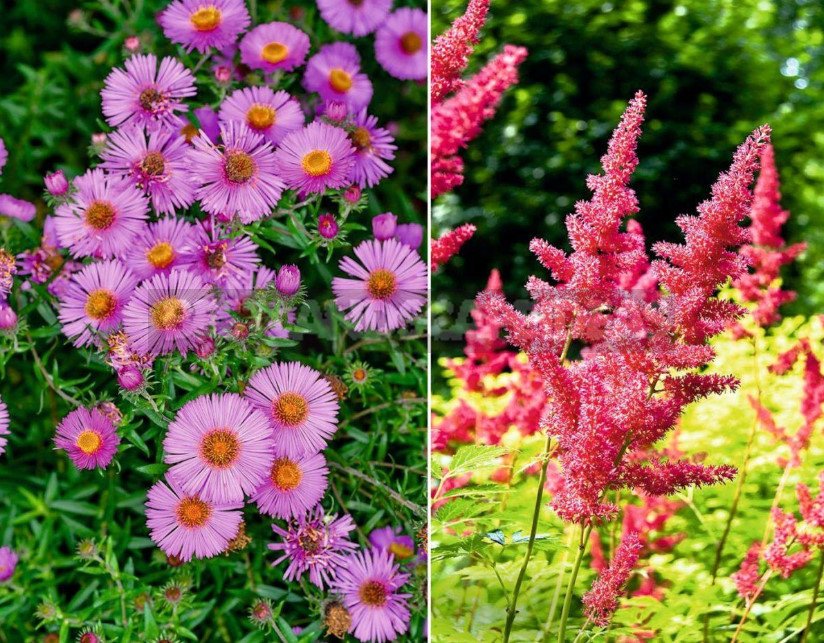
Astilbe
Astilba winters without shelter at a young age. Cut under the root of the blackened after frost aboveground part. The base of the Bush Spud to a height of about 5 cm and mulch a thin layer of peat or humus. But after 5 years of living “the old lady” is in need of a warm shelter. Set over the plant frame, fill it with dry foliage, and cover the top with a film of rain.
Heuchera
Heuchera should not lose their leaves on the eve of winter. They keep the “hair” all year, so in the autumn rid the plants only from the stems. When the frost begins, Spud basal neck and mulch the ground under the bushes with dry peat or humus, and even better (if you can get) — moss sphagnum. When frosts become the norm, cover the plants with twigs and if there is no snow, non-woven material. But the “window” for ventilation be sure to leave — without access of air plant tend to damp out.
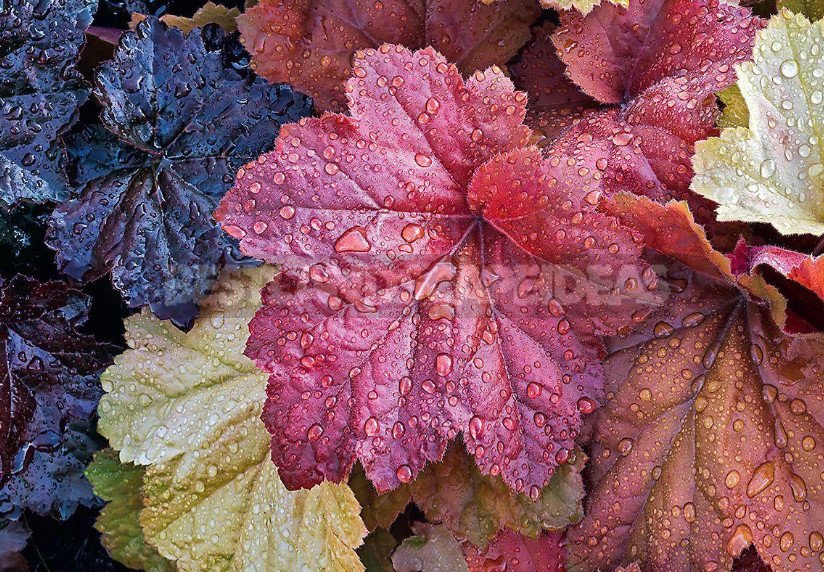
Delphiniums
Delphinium can withstand up to -50 °C without insulation, but only under a lush snowdrift. Therefore, when “tops” wither, cut them out, leaving stumps height of 15-20 cm And in the tubular stem is not stiff water, paper over sections of ordinary clay. If the frosts came, and there are no snowdrifts, mulch the rhizome and cover with spruce branches.
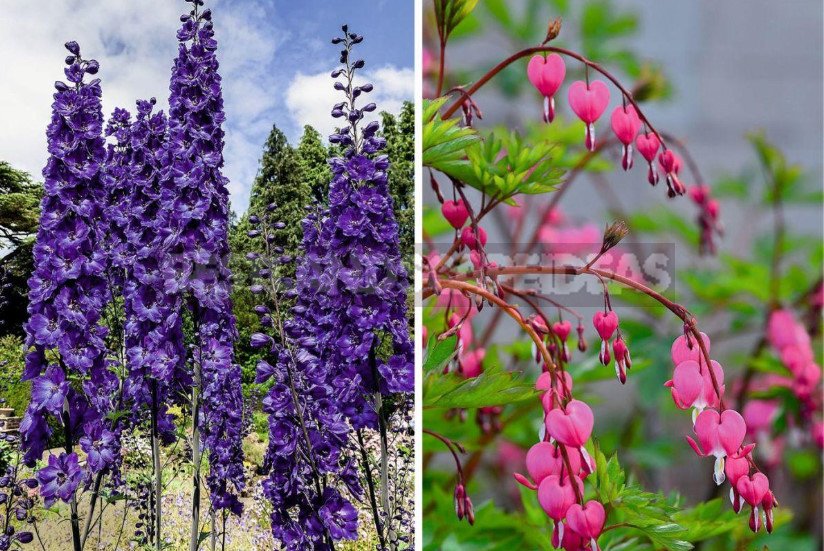
Dicentra
Dicentra safely survive the winter, if you cut the withered Bush, leaving hemp no more than 3-5 cm, mulch and cover with spruce branches or non-woven fabric.
Irises
Irises should be cut only after drying the stems. And the height of the stumps should not be more than 10 cm.
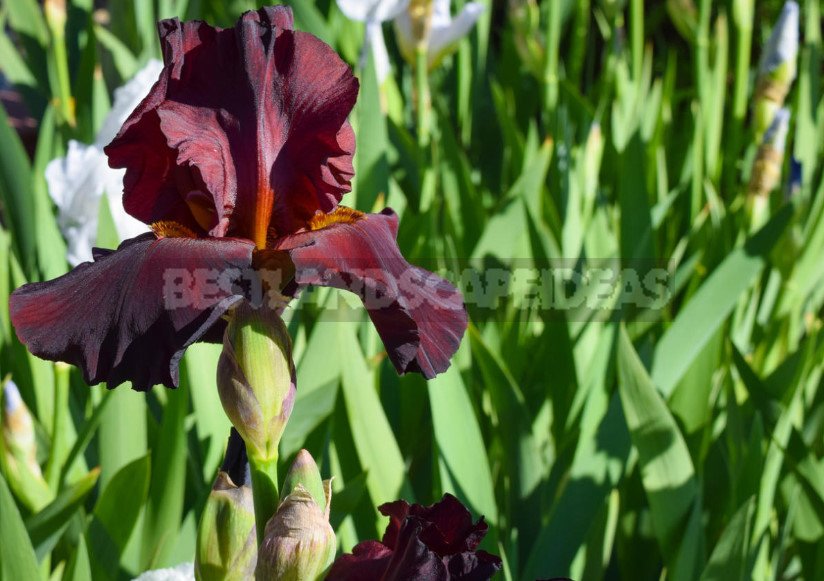
The most frost-resistant irises-Siberian – good winter without shelter, enough to mulch rhizomes, which are often raised above the ground. But if the winter is abnormally cold, it is better not to risk it and put mulch on top of spruce branches.
Lavender
The lavender under the open sky winter can, but only English (angustifolia). Other representatives of this thermophilic family is better for a cold season to move in pots and to arrange houses on the heated balcony. “English girls” in the autumn of cut green stems to 3 inches above the woody part. When freezes, mulch soil under a Bush, and in late October — early November, cover the plant with a thick layer of spruce branches. Gardeners with experience do not advise to wrap lavender in leaves or covering material: this can rot the stems.
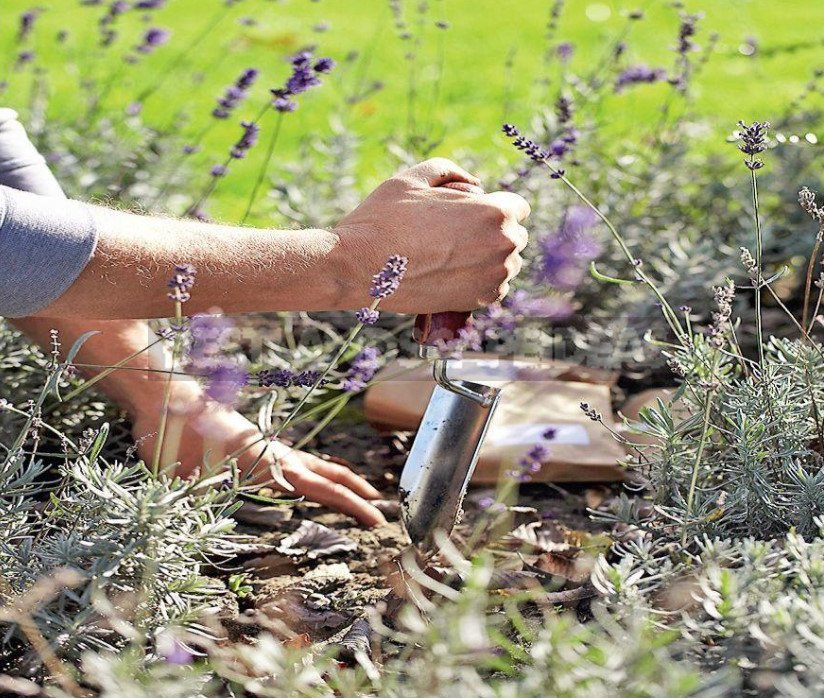
Daylilys
Daylilies need to get rid of stems as soon as they bloom and dry. Pruning under the root postpone until late autumn, when the leaves finally wither. Before mulching daylilies, make sure that the cold is for a long time. If you insulate too early, the roots can begin to ripen.
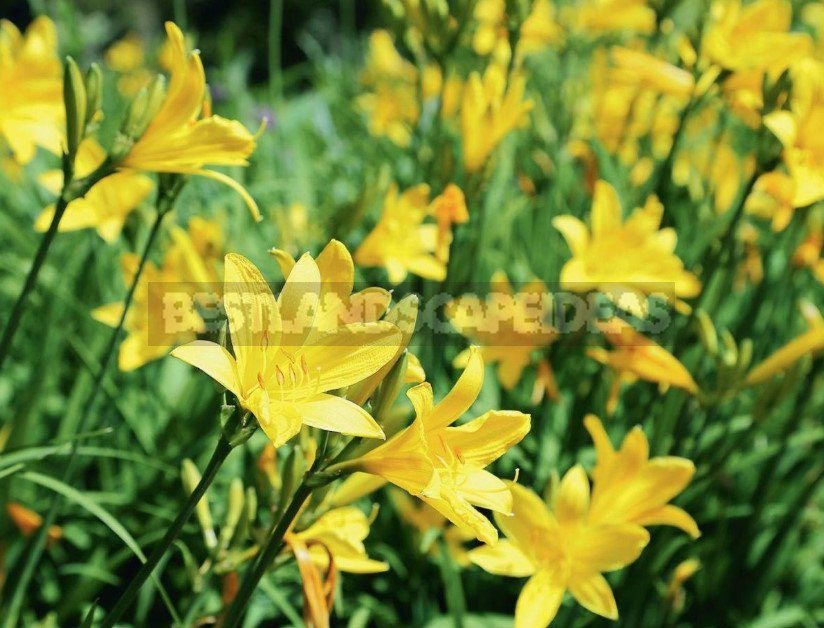
The thickness of the mulch layer depends on the weather: the colder, the thicker. And in a strong frost on the mulch, lay more twigs and distribute the snow — of course, if it falls this time.
Rod-rose
Rod rose is a spoiled Princess dressed in silk, tender and sensitive. When wither the aboveground part cut off plants almost at the root, and in October (for the weather) over mulch, dry leaves, humus or peat. For young plants and not very hardy varieties prepare spruce “paws” – they and the snow around the rhizome will collect, and access to air will not block.
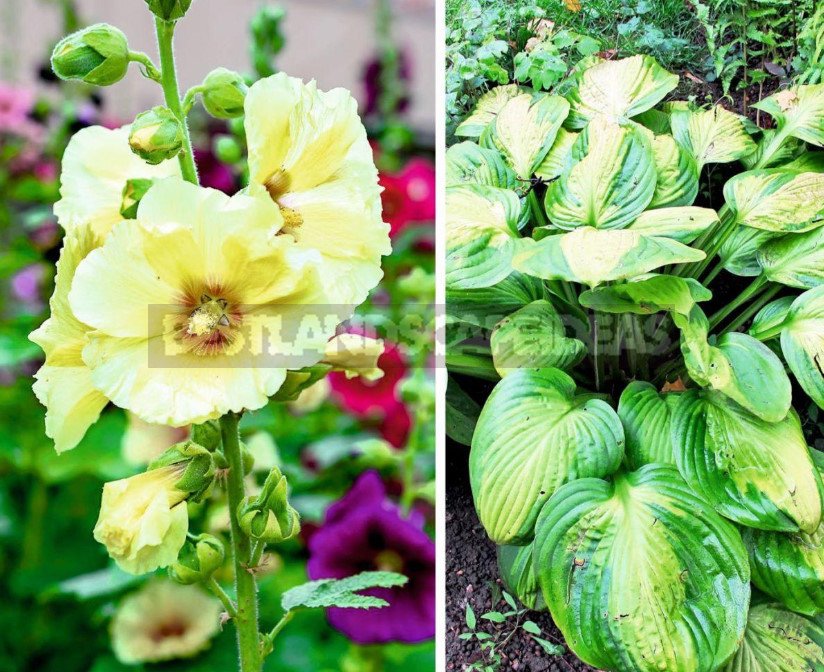
Hosts
Should we trim them in the pre-winter? For some reason it is believed that if you remove the leaves in the autumn, the plant will spend all its strength to restore them, weaken and may die in the cold. But if it is preparing for hibernation, it will not restore the dead leaves. Therefore, once the hosts leaves die and dry up, gently remove them over mulch with dry peat, and before frost lay on top of the twigs or dry leaves.
Monarda
Monarda is very hardy and therefore will not cause much trouble to gardeners.
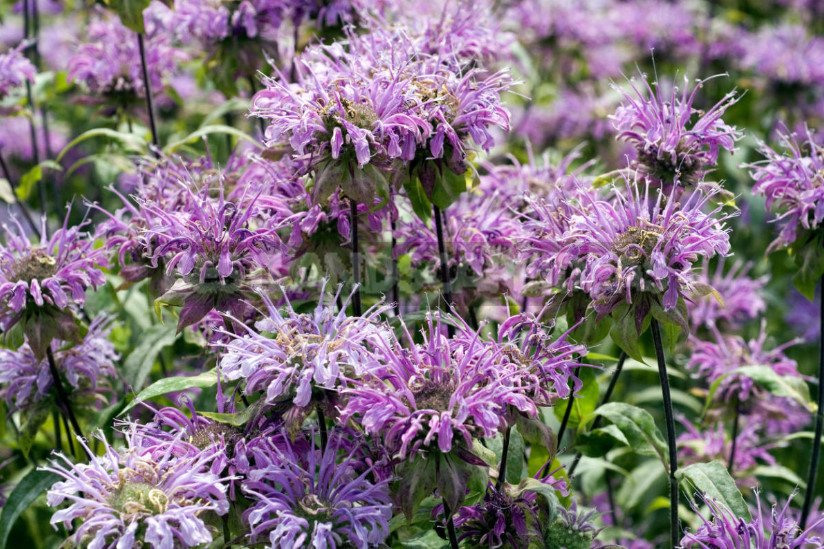
For trouble-free wintering completely cut the dried above-ground shoots, mulch, and in anticipation of the crackling frost cover with a spruce branches or a 20-centimeter layer of dry leaves.
Peonies
Peonies get rid of the above-ground part in late autumn, but before the arrival of frost. By the way, experienced growers advise cut leaves and stems immediately burn: the fact that they often comfortably arranged for the winter pests and pathogens. The height of the crop is 10-15 cm from the ground.

And do not forget to pour over the rhizomes of peonies high mounds of humus or rotted compost: they will help protect against frost buds renewal, which may be on the surface. Young bushes just in case additionally Nestle dry leaves and spruce branches.
Rudbeckia
Rid the rudbeckia from the withered “inches” two weeks before the expected cold weather, leaving stumps height of 10 cm over mulch them with compost or garden soil layer of about 5-7 cm, and later sprinkle top of leaves or hay, lay spruce branches.
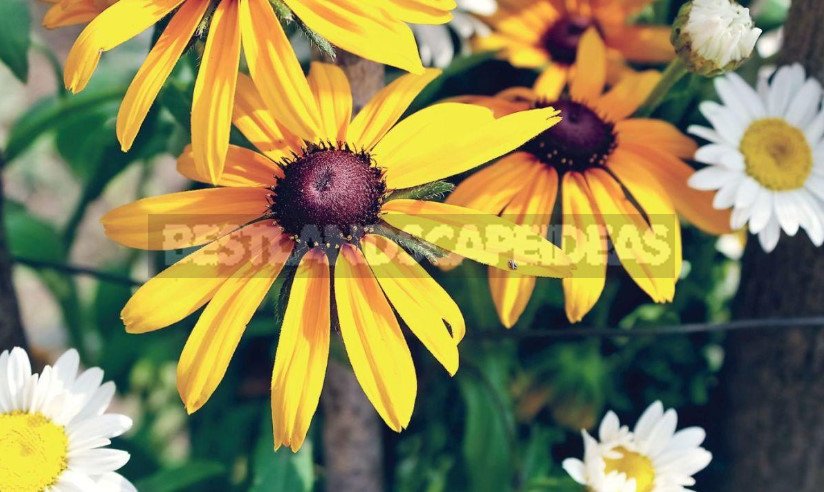
Leucanthemum
Garden daisies are quite hardy, but severe winter without snow is dangerous for them.
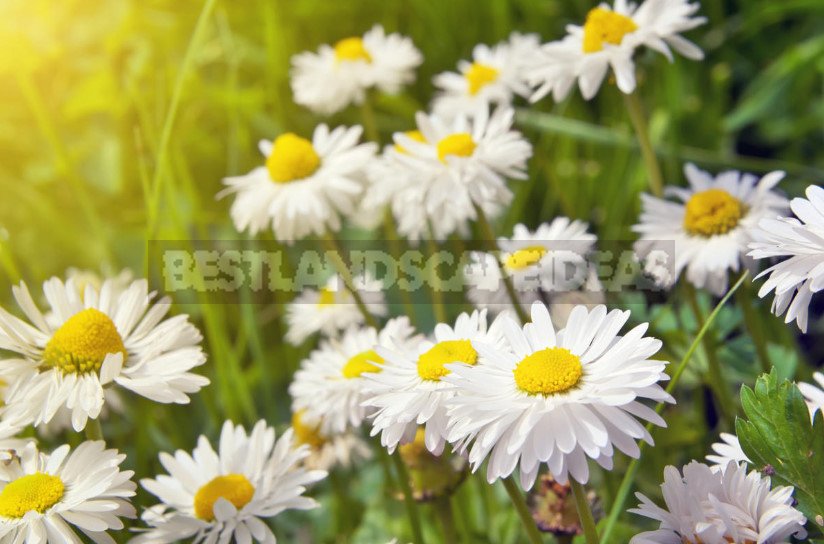
Particularly suffer from the cold varieties of double and large flowers. Before the arrival of frost, cut the entire above-ground part to the rosette of leaves, mulch the ground around the Bush with humus or peat, and when it gets cold, cover with a layer of foliage 15-20 cm thick.
Phlox paniculata
Phlox paniculata should be deprived of the lush “hair” before the arrival of cold weather stable, leaving stumps height of 5-10 cm Kidney regeneration, located at the base of the shoots, carefully spud humus or compost over mulch with peat. If you expect a cold winter with little snow, when the soil freezes, pour on each Bush about a bucket of loose garden land, and on top of the” backfill ” lay spruce branches or reeds.
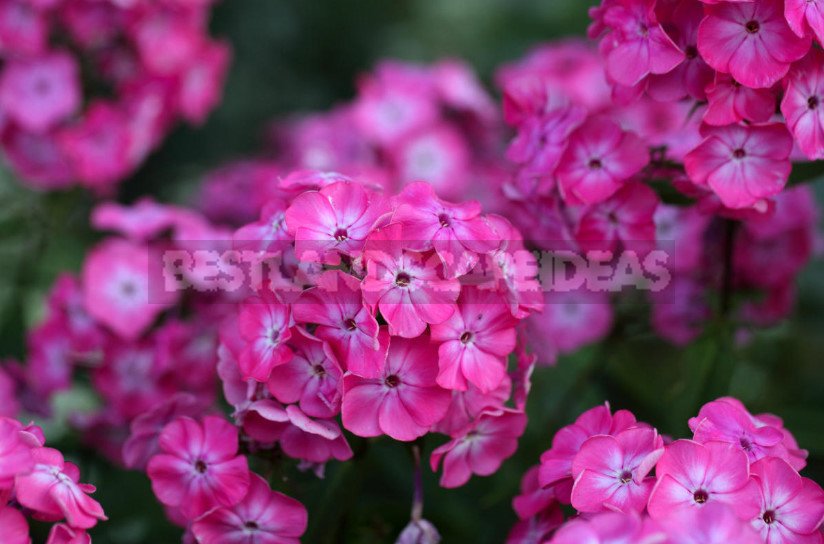
Chrysanthemums
Garden chrysanthemums, undoubtedly, are beautiful, but it is better to give preference to the grades zoned for your district.
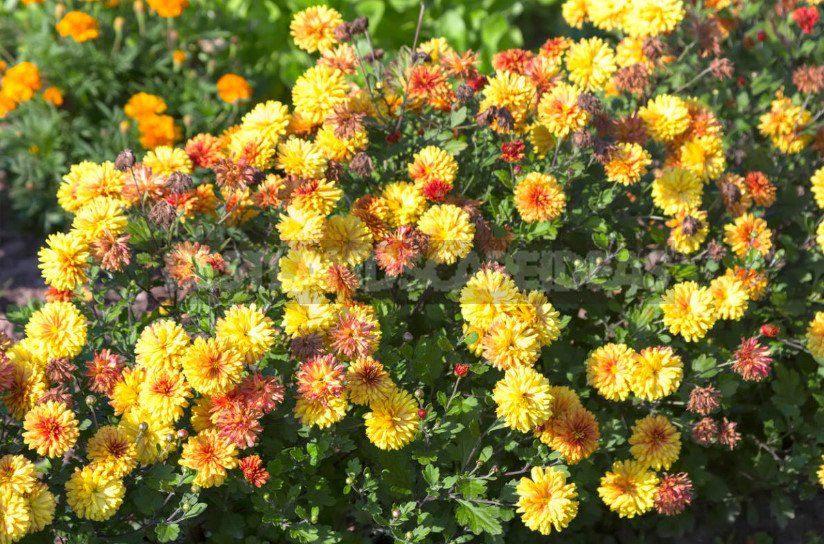
For example, some plants also need reliable and warm “coats”. Therefore, before the onset of frost, cut the stems to 10-centimeter stumps, Spud the base of the bushes with humus or ready compost (10-centimeter layer), over mulch with dry peat. If you hit the snowless cold, pour on top of a lot of dry leaves, and lay them spruce branches — it will provide ventilation inside the shelter. And if in the country there is an unfrozen cellar (+1…+5 °C), place the roots of chrysanthemums together with the earthen lump in containers, sprinkle with a moist substrate and store here all winter long. In a similar way, you can save and large-flowered chrysanthemums, which can not withstand the winter in the garden, even with maximum insulation.

















